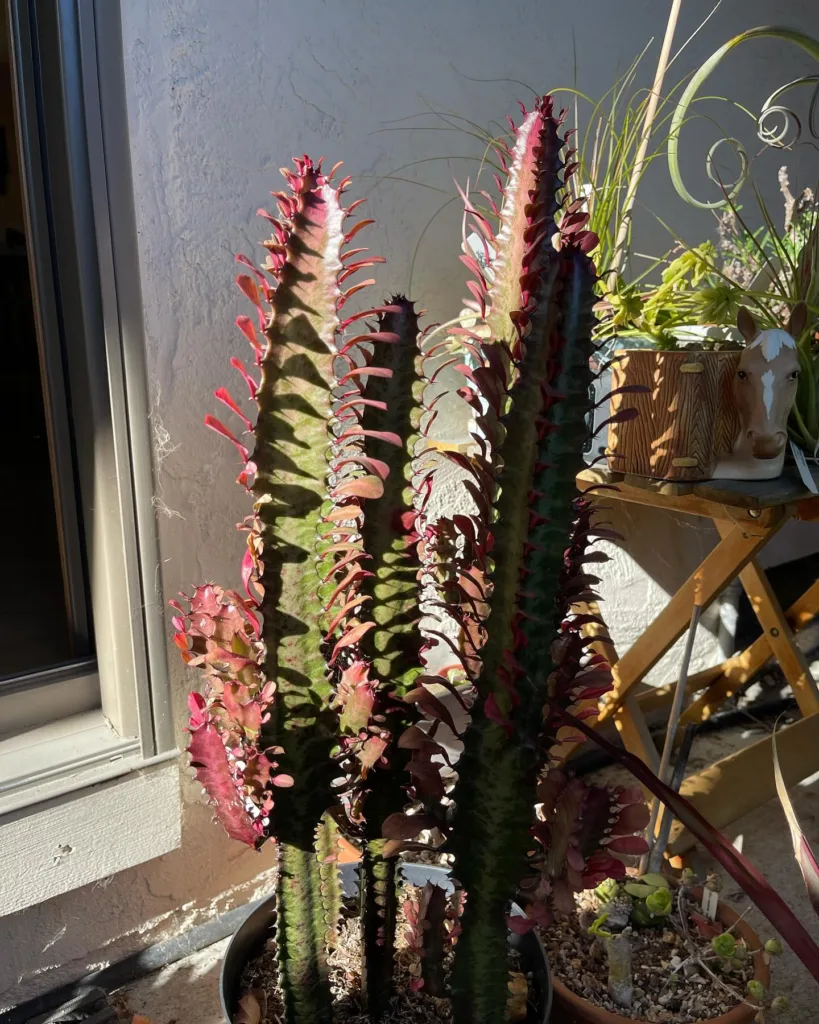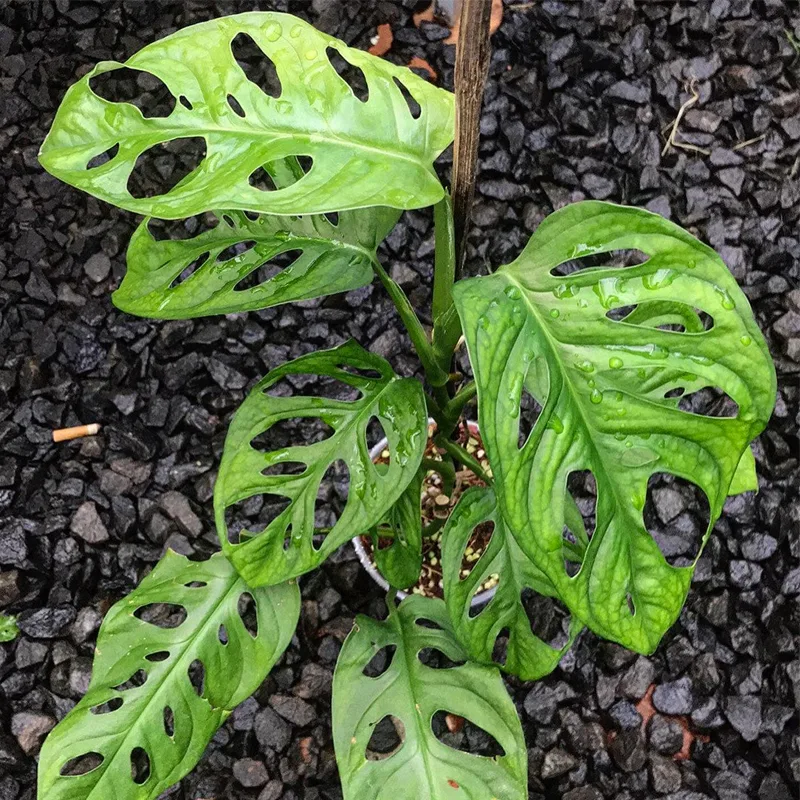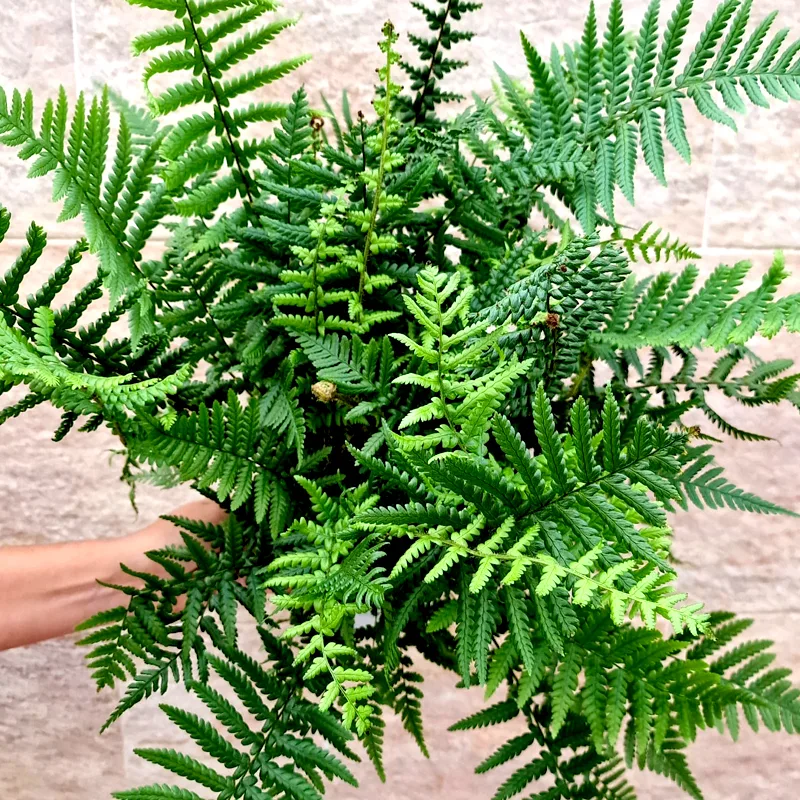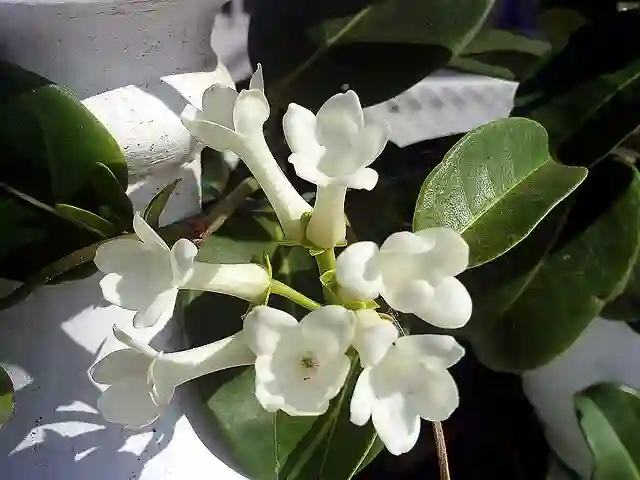Clematis Integrifolia: Your Guide to This Beautiful Plant
Clematis Integrifolia, often admired for its unique charm, has become a favorite among gardeners like me. With its drooping, bell-shaped flowers and lush foliage, it offers a touch of elegance to any garden. However, like many plants, it comes with its own set of questions and care requirements. Here’s a comprehensive guide based on my experience and insights.
391 Species in Genus Clematis
What is Clematis Integrifolia?
Clematis Integrifolia, also known as the “Integrifolia Clematis,” is a perennial climbing vine native to Eastern Europe and parts of Asia. It stands out with its single, bell-shaped flowers that can range from deep purples to soft blues. This plant is appreciated for its long flowering period, typically from late spring to early summer.
How to Care for Clematis Integrifolia?
Clematis Integrifolia is relatively easy to care for, but it thrives with the right conditions. Here’s what I’ve found to be essential:
- Sunlight: It prefers full sun to partial shade. A spot with at least 6 hours of direct sunlight is ideal.
- Soil: Well-drained, rich soil is crucial. Adding compost can enhance soil quality and provide nutrients.
- Watering: Keep the soil consistently moist but not waterlogged. A layer of mulch around the base helps retain moisture and keep weeds at bay.
How to Prune Clematis Integrifolia?
Pruning Clematis Integrifolia is vital to maintaining its health and encouraging robust blooms. Based on my experience, here’s a simple approach:
- Timing: The best time to prune is in late winter or early spring before new growth begins.
- Technique: Cut back the plant to about 6 to 12 inches from the ground. Remove any dead or damaged stems and thin out crowded growth to improve airflow.
- Frequency: This plant generally doesn’t require heavy pruning, but occasional light pruning to remove dead or weak stems helps maintain its shape and vitality.
How to Propagate Clematis Integrifolia?
Propagating Clematis Integrifolia can be done through several methods, with my preference being the following:
- Seed: Sow seeds in a seed tray with well-drained soil. Keep them moist and in a warm location until they germinate.
- Cuttings: Take softwood cuttings in late spring or early summer. Dip the cut end in rooting hormone and plant in a pot with a mix of sand and peat. Keep the pot in a warm, humid environment.
What to Plant With Clematis Integrifolia?
Pairing Clematis Integrifolia with the right companions can enhance its beauty and provide a striking garden display. Here are a few plants that work well with it:
- Roses: The climbing nature of Clematis Integrifolia complements the upright growth of roses.
- Grasses: Ornamental grasses can provide a contrasting texture and color, creating a balanced garden design.
- Hostas: Their lush foliage contrasts nicely with the delicate flowers of Clematis Integrifolia.
Can You Grow Clematis Integrifolia Indoors?
While Clematis Integrifolia is primarily suited for outdoor gardens, it can be grown indoors in large containers if you provide adequate light and space. Ensure it receives enough direct sunlight and has room for its vines to grow.
Is Clematis Integrifolia Toxic?
Clematis Integrifolia is not considered highly toxic, but it’s best to keep it out of reach of pets and small children. Some parts of the plant may cause mild irritation if ingested.
Benefits of Clematis Integrifolia
From my perspective, the benefits of Clematis Integrifolia include:
- Aesthetic Appeal: Its unique flowers add a touch of elegance and color to any garden.
- Low Maintenance: Once established, it requires minimal care and can thrive with regular watering and occasional pruning.
- Attracts Pollinators: The flowers attract bees and butterflies, enhancing the biodiversity of your garden.
Common Problems and How to Solve Them
Even though Clematis Integrifolia is relatively hardy, it can face a few issues:
- Powdery Mildew: This fungal disease can be managed by ensuring proper air circulation and avoiding overhead watering.
- Pests: Watch out for aphids and spider mites. Regularly inspect your plant and use insecticidal soap if necessary.
- Wilting: Often caused by either underwatering or overwatering. Adjust your watering practices based on the weather and soil conditions.
Comparing Clematis Integrifolia with Similar Plants
When compared to other Clematis varieties, such as Clematis Vitalba or Clematis Jackmanii, Clematis Integrifolia is noted for its unique bell-shaped flowers and compact growth habit. Unlike Clematis Vitalba, which can be quite vigorous and invasive, Clematis Integrifolia offers a more controlled and manageable growth pattern.
In conclusion, Clematis Integrifolia is a charming and manageable plant that can add a special touch to any garden. Whether you’re a seasoned gardener or a beginner, this plant’s beauty and relative ease of care make it a worthy addition to your garden.
If i die, water my plants!



